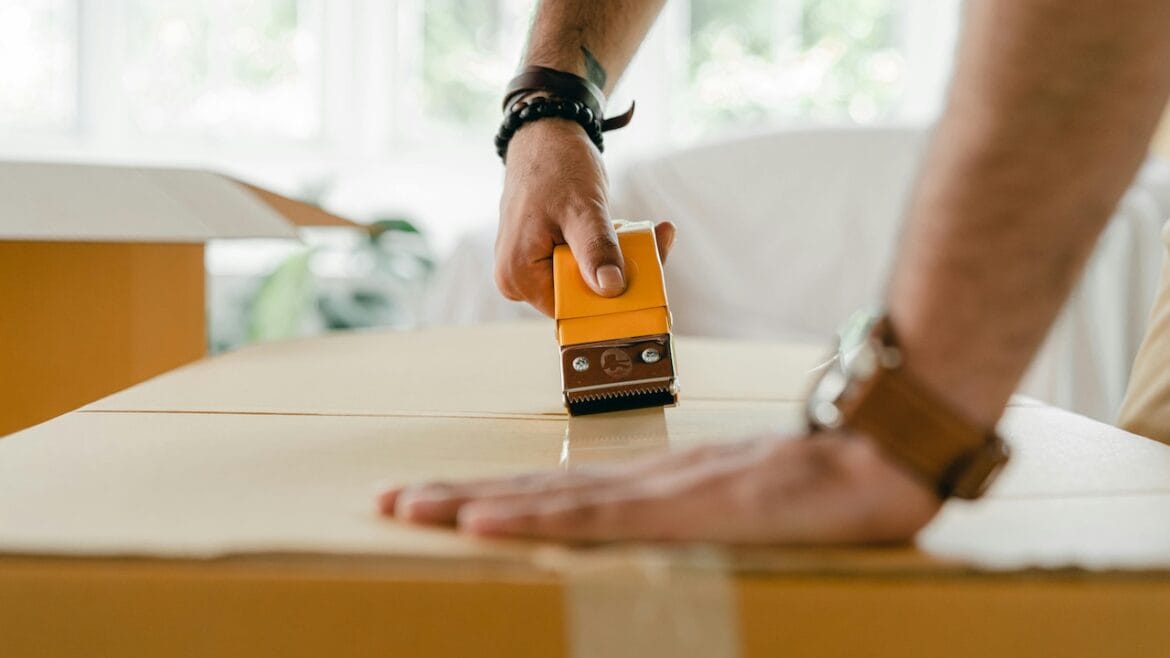Mold is a common problem in many homes, and it can be a serious health concern for you and your family. When you’re in the market for a new home, it’s important to be vigilant about the signs of mold to ensure that the property you’re considering doesn’t have a mold problem.
Here are some key signs to look for to help determine whether a new home you’re about to buy has a mold problem or not.
- Musty Odor: One of the most common signs of mold is a musty, earthy odor. When you walk into a home, pay attention to any unusual smells, especially in areas like basements, bathrooms, and closets. If you detect a musty odor, it could be a sign of hidden mold growth. If you’re unsure of what “musty” actually smells like, think of a wet sock or laundry, or an earthy, damp smell — like wet soil or moss.
- Visible Mold Growth: Keep an eye out for any visible mold growth in the home. Check areas such as the bathroom, kitchen, basement, and around windows for any signs of mold. Mold can appear as black, green, or even white patches on walls, ceilings, and other surfaces. Since most homes on the market will have recently been painted, look for patches or wet paint, or places where the paint appears to buckle or bubble.
- Water Stains: Water stains on walls, ceilings, or floors can indicate a previous or ongoing moisture problem, which can lead to mold growth. Look for discolored patches or watermarks, as these could be a sign that mold is present or has been present in the past.
- Peeling or Discolored Paint: Mold can cause paint to peel, bubble, or become discolored. Keep an eye out for any signs of paint damage, especially in areas that are prone to moisture, such as bathrooms and kitchens.
- Warped or Buckled Flooring: Moisture from mold growth can cause flooring to warp or buckle. Check for any signs of damage to the flooring, particularly in areas that are susceptible to moisture, such as basements and bathrooms.
- Allergic Reactions: If you or anyone else in your family experiences allergic reactions, such as coughing, sneezing, or skin rashes when visiting a home, it could be a sign that there’s a mold problem. Pay attention to how you feel when you’re inside the home, as your body’s reactions can be a valuable indicator of potential mold issues.
- High Humidity: Excessive humidity in a home can create the perfect environment for mold growth. Use a hygrometer to measure the humidity levels in the home, especially in areas like the basement and attic.
- Home’s Location: Additionally, it’s worth noting that certain climates and geographical locations can also impact the likelihood of mold growth in homes. Areas with high humidity, frequent rainfall, or coastal regions with salty air may be more prone to mold issues. Similarly, homes in colder climates with poor insulation and condensation problems can also face increased mold risks.
It’s important for homebuyers to consider these factors and do thorough inspections to identify existing mold problems or conditions that could lead to mold growth in the future.
Are New Homes Worse for Mold Than Old Homes?
Both newer and older homes can be prone to mold growth, but for different reasons.
Newer homes are often built with energy efficiency in mind, which means they are constructed to be more airtight. While this is great for reducing energy costs, it can also trap moisture inside the home, creating an environment conducive to mold growth. Additionally, newer construction materials and techniques may not have had time to be thoroughly tested for their mold resistance, potentially leading to unexpected mold issues.
Older homes may have issues with poor ventilation, outdated plumbing, or leaky roofs, which can all contribute to moisture problems and mold growth. Older homes may also have had previous water damage that was not properly remediated, leading to lingering mold issues.
Ultimately, both newer and older homes can be prone to mold growth, and it’s important for homebuyers to thoroughly inspect any property for signs of mold, regardless of its age. Proper maintenance, ventilation, and moisture control are key factors in preventing mold growth in any home.







